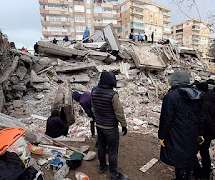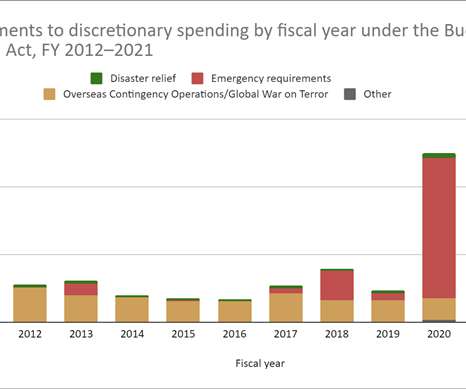Reflections on the Turkish-Syrian Earthquakes of 6th February 2023: Building Collapse and its Consequences
Emergency Planning
FEBRUARY 8, 2023
Most of them are highly vulnerable to seismic forces. Natural Hazards and Earth System Sciences 15: 931-945. Natural Hazards 109: 161-200. A view on how to mitigate earthquake damages in Turkey from a civil engineering perspective. It is these that collapse. Ecemis, S.Z. Korkmaz, M.H. Arslan and H.H. Korkmaz 2021.











Let's personalize your content